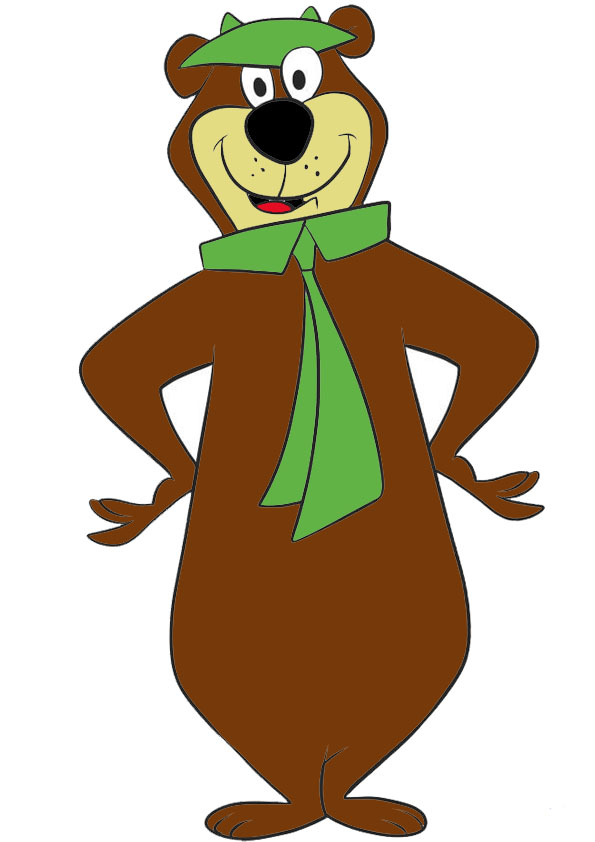Hard to view a robot carrying leggy blonde as anything other than sinister.
But seems as if opinion regarding these mechanical beings began to soften as the 1960's unfolded. The reasons are probably many and nuanced. But a few of the leading reasons would seem to be:
- People became more comfortable with machinery and technology through wartime and post war experiences in factories;
- A young President Kennedy embraced the technological race to the moon, signaling his belief that technology was a positive thing;
- The spread of television, and shows like the Twilight Zone and the Outer Limits often brought sympathetic robots to the small screen;
- The concurrent spread of cheap, dime-store paperbacks and pulp science fiction magazines featuring writers like Robert Heinlein, Phillip K. Dick, and Isaac Asimov;
- We humans tend to anthropormorphize non-human objects and creatures with which we have close and frequent contact:
This creeps me out more than any robot ever could.
Through the process of anthropormophization, we turn this:
Into this:
I'm sure Yogi will ignore his biological imperative to eat
anything remotely edible, like humans, before his winter hibernation,
and just settle for the ham salad sandwich in the picnic basket.
I'm certainly not immune - already in this series I've referred to these inanimate objects by masculine pronouns, and called out poor Magnus from yesterday's entry for "killing" things that aren't really alive. So it seems inevitable that we would project our human feelings, emotions, and behaviors onto mechanisms that seem even vaguely human. Behold Astroboy - a 1960s icon:
He's so cute and non-threatening - and very human in appearance!
Even the less human robots of the 1960s were getting a makeover - not collagen injected into the lips, rather humanity injected into their circuits:
Lost in Space was a rather lame sci fi update of Swiss Family Robinson, but it did have a robot!
The creators of these kindlier, friendlier robots would seem to be influenced by Isaac Asimov's classic 1950 collection of stories, I Robot (not ever to be confused with the awful recent movie of the same name). In these tales, robot behavior is guided by three main principles:
- A robot may not injure a human being or, through inaction, allow a human being to come to harm.
- A robot must obey the orders given to it by human beings, except where such orders would conflict with the First Law.
- A robot must protect its own existence as long as such protection does not conflict with the First or Second Law.
While the talented Asimov had no problem subverting these laws to create some wonderful stories, for the most part these rules, and those like it, seemed to give those crafting the images of robots in popular culture the opportunity to rein in the seeming independence of robots. Instead of robots roaming the countryside creating havoc, Asimov shifts the locus of control back to humans - now if a robot acted up, it's due to bad human management, not robot rage. So "good" robots, the friends of mankind, began showing up more frequently in film and literature.
However, that really only created a bifurcation in the popular views of robots, not a complete shift. Many writers an artists essentially told Asimov that "we don't need your stinking rules", and "Good" and "Bad" robots both became mainstays in American culture through out ensuing decades. For example, a few years after the "Lost in Space" robot was helping out young, inquisitive Will Robinson on a weekly basis, these guys were running amuck in England, beginning in 1975:
Really, really nasty bits of handiwork!
Daleks were a breed of robots of the old school, created by a unpleasant character named Davos with the single goal of taking over the universe. Some purists may claim Daleks are actually cyborgs - part organic (in this Kaledian) and part robot. But there really is no discernible Kaled left in these gizmos - so enough with the quibbling! Fortunately, The Daleks had their plans were routinely thwarted by Dr. Who (or, more accurately, The Doctor) through the Doctor's many incarnations.
In their highly-focused pursuit of their destructive goals, Daleks foreshadowed what was to be the penultimate film battle of the robots. But first, a little description of the this highly-efficient, anti-human, robotic killing machine:
Unnerving, but well put, Kyle Reese!
Remember the Uncanny Valley? James Cameron's Terminator was that concept - both human-like and oddly strange - brought to psuedo-life. Confronted with a gleaming robot wrapped in human skin, uneasy audiences were at times amused by the creature's social awkwardness and horrified by the Terminator's murderous pursuit of Sarah Connor. In this, the Terminator was the ultimate "Bad" robot.
That is, until Terminator 2. Director Cameron cleverly figured out the only thing that can take on the newly-upgraded "Bad" Terminator is a reprogrammed, now "Good" , Terminator 1.0 from the previous film. Simply put, America's, and the world's, decades-old divergent views of the nature of robots came to literally clash in one movie:
Rock 'em, sock 'em time!
Has the issue been settled? Not as far as writers and directors are concerned - or Magnus, Robot Killer, for that matter - far too many possibilities for conflict; both the physical and emotional variety. But at this point, it is all speculation. Independently thinking and acting robots remain firmly, and safely, contained in the realm of fiction.
Meanwhile, in real life, robots plod along daily, cleaning pools and building cars, all at the bidding of their human masters. Using computers. That are really just sophisticated counting machines. Except the computers scientists are programming to pass the Turing test of independent thought - which some may have done already. Which may lead to more machines thinking for themselves. Outside of human control. Which inevitably leads to... tomorrow's entry:
Man and Machine Part 4 - All Hail Colossus!




No comments:
Post a Comment